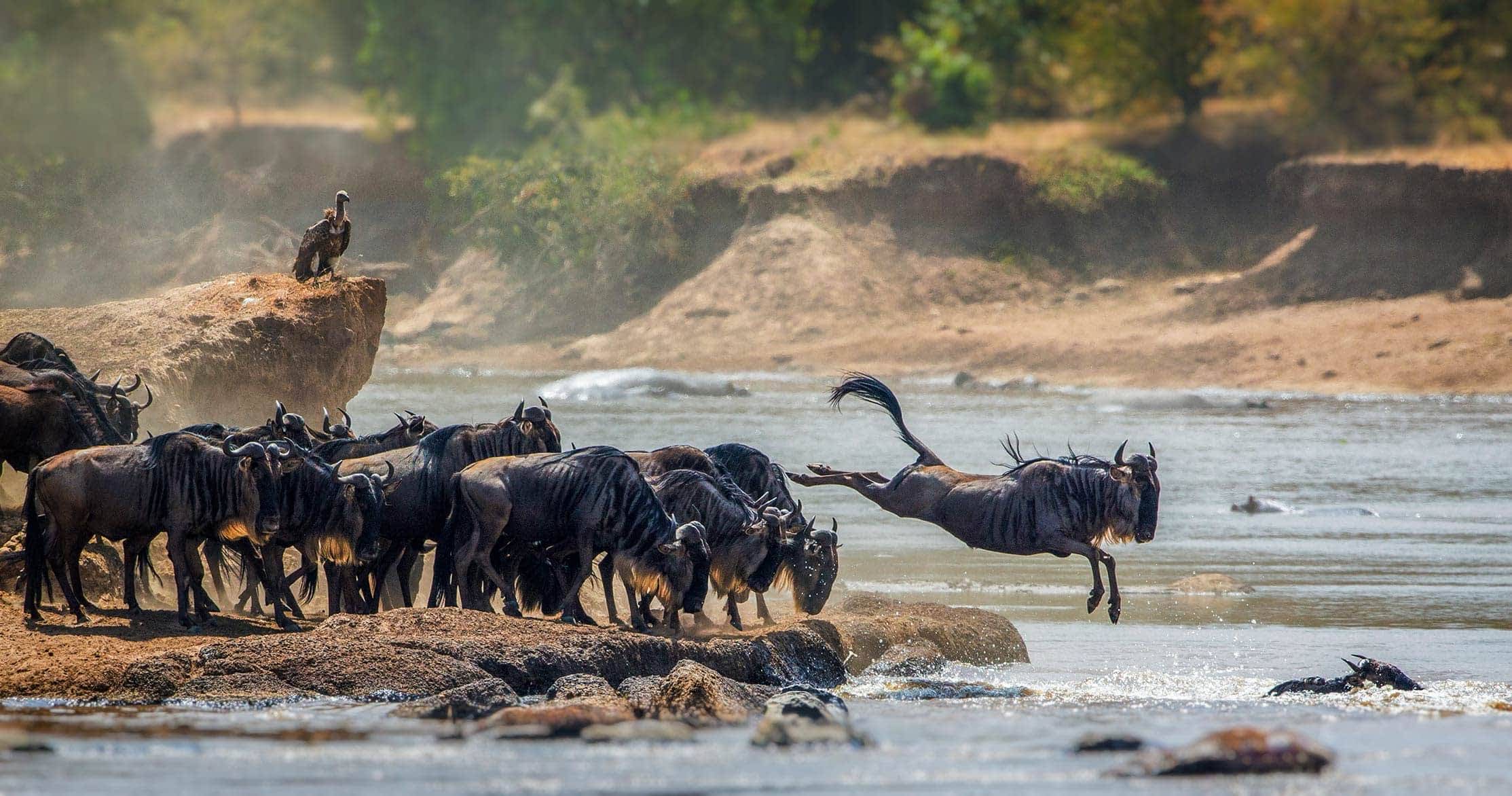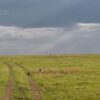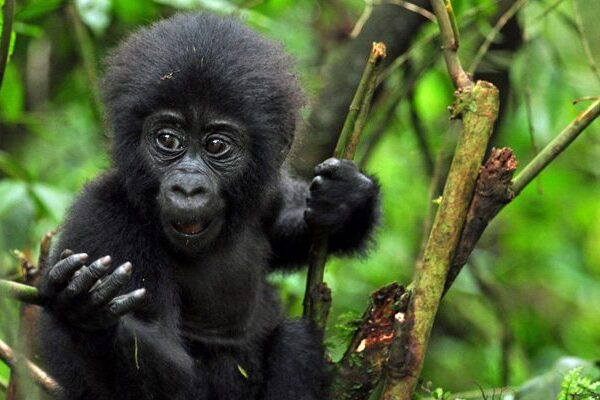What Is Serengeti National Park Famous For?
Serengeti National Park is one of the most iconic wildlife sanctuaries on the planet, a place where the rhythm of nature plays out on a scale rarely seen anywhere else in the world. Set in northern Tanzania, it is the kind of landscape that instantly stirs the imagination — endless grasslands, scattered acacia trees, dramatic skies, and wildlife so abundant it feels as though the Earth itself has paused to let you witness something ancient and extraordinary. To understand what Serengeti National Park is famous for is to step into the heart of Africa’s most timeless wilderness, where life and movement unfold in breathtaking harmony.
The Great Wildebeest Migration
The Serengeti is most famously known for hosting the Great Wildebeest Migration, often described as the “Greatest Wildlife Show on Earth.” This is an epic, year-round circular movement of more than one and a half million wildebeest accompanied by hundreds of thousands of zebras and gazelles. Their journey takes them across vast plains, through predator-rich valleys, and over crocodile-filled rivers in a struggle for survival and fresh grazing. The drama peaks around the Grumeti and Mara Rivers, where the thundering hooves, swirling water, and tense predator encounters create some of the most dramatic wildlife scenes anywhere on Earth. No other park captures such an immense, dynamic, and relentless natural phenomenon with the same consistency and spectacle.
The Abundance of Big Cats
Serengeti National Park is also famous for its exceptional density of big cats. Lions rule the plains with powerful prides that spend their days resting under acacia shade or positioning themselves for a hunt as dusk falls. Cheetahs thrive in the open grasslands where they can unleash their incredible speed, while leopards hide elegantly in sausage trees and riverine forest canopies. This concentration of predators gives the Serengeti its reputation as one of the best places in the world to observe big cats up close. Photographers, filmmakers, and wildlife lovers travel from across the globe to witness scenes that are both intimate and wild, from nursing lionesses to cheetahs teaching their young how to stalk prey.
The Endless Plains and Iconic Scenery
The name “Serengeti” comes from the Maasai word Siringet, meaning “endless plains,” and this description could not be more accurate. The park is renowned for landscapes that stretch beyond the horizon, giving visitors a profound sense of freedom and space. Wide-open savannahs meet distant hills, granite kopjes rise like islands out of the grass, and golden sunsets melt into the vastness of the sky. These sweeping vistas create one of the most photogenic wilderness settings in Africa, making the Serengeti not only a wildlife destination but also a place where scenery becomes part of the story.
World-Class Wildlife Viewing Year-Round
Another reason the Serengeti is so famous is its ability to deliver extraordinary wildlife sightings at any time of the year. Even outside the migration routes, the park hosts a staggering variety of animals, including elephants, giraffes, hyenas, buffaloes, jackals, hippos, crocodiles, and an astonishing diversity of antelope species. Birdlife is equally impressive, with hundreds of resident and migratory species decorating the skies and grasslands. Because the ecosystem remains active throughout the seasons, the Serengeti is considered one of the most reliable safari destinations in Africa — a place where every game drive reveals something unexpected.
Its Role in Global Conservation
Serengeti National Park holds global fame for its crucial role in conservation. It protects one of the world’s last intact ecosystems, where wildlife still follows ancient migration patterns unhindered by modern development. Efforts to safeguard the park’s fragile habitats, combat poaching, and support surrounding communities have made it a global symbol of successful wildlife preservation. Its UNESCO World Heritage status reinforces its international importance and highlights its role as a sanctuary not only for animals but for the continuity of natural processes that have shaped the region for thousands of years.
A Living Cultural Landscape
While the Serengeti is primarily known for its wildlife, it is also famous for its cultural significance. The surrounding communities, especially the Maasai people, have lived near the park for centuries and maintain traditions that harmonize with the natural world. Their heritage, beadwork, bright shúkà cloth, and pastoral lifestyle add a layer of living history to the Serengeti experience. This connection between people and wilderness enriches the park’s identity and offers travelers a deeper understanding of how culture and nature coexist in this region.
A Timeless Safari Experience
Ultimately, Serengeti National Park is famous because it delivers a safari experience that feels genuinely timeless. It is a place where the natural world still operates with minimal interference, where predators and prey follow age-old instincts, and where human presence feels small against the enormity of the landscape. Whether you arrive for the migration, the big cats, the sweeping plains, or the beauty of untouched wilderness, the Serengeti leaves you transformed. Its fame is not just about animals or scenery—it is about witnessing life in its purest, most profound form.









